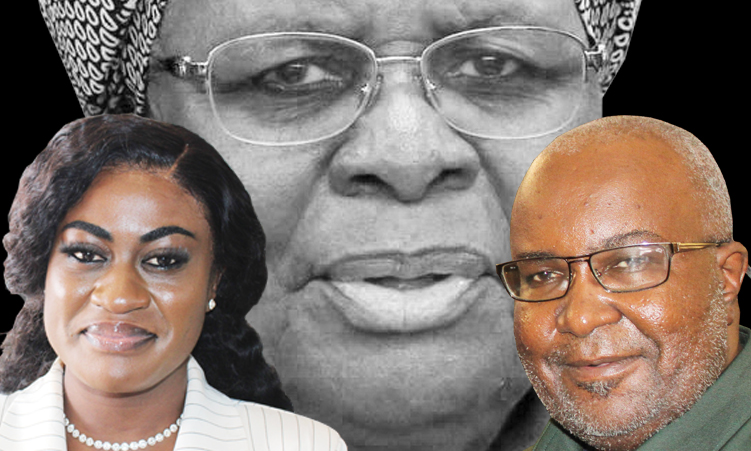OLD Mutual is an icon of South African business. For 164 years, it’s been a trusted brand in financial services. By sheer size, it has led the sector. Its reputation has never previously been threatened by fear of failure. The markets, however, are voting with their feet and their money:
By early this month the Old Mutual share price had recovered, relatively, from its all-time low at less than R5. It had fallen over the past year by 57,1 per cent, compared with declines of 13,5 per cent for Sanlam and 23,1 per cent for Liberty.
Its market capitalisation on the JSE stood at R43,6 billion. Within this figure are the proportions represented by Nedbank (55 per cent owned owned by Old Mutual) and Mutual & Federal (74 per cent owned), with market caps of R39,1 billion and R4,2 billion, respectively. Deducting these proportions (respectively R21,5 billion and R3,1 billion) leaves the Old Mutual market cap at R19 billion, compared with R38 billion for the smaller Sanlam. The message is that Old Mutual’s operations outside South Africa are priced at a massive negative.
Worse is the message from the bond market. The Old Mutual offshore bond is trading on a yield of 23 per cent, having earlier been as high as 30 per cent. (Bond yields rise as prices fall.) Such an attractive yield would be a no-brainer for purchase of the bond if (as in days gone by) the prospect of an Old Mutual default was unimaginable. Instead, this yield reflects the possibility of a default. On round numbers, the market’s pricing suggests that investors in the bond will get back only about 60c for every R1 were Old Mutual to go bust.
Old Mutual has passed its dividend. This is not what policyholders, excited to support demutualisation and become shareholders, might have expected.
-Business Report
Stay informed with The Namibian – your source for credible journalism. Get in-depth reporting and opinions for
only N$85 a month. Invest in journalism, invest in democracy –
Subscribe Now!










